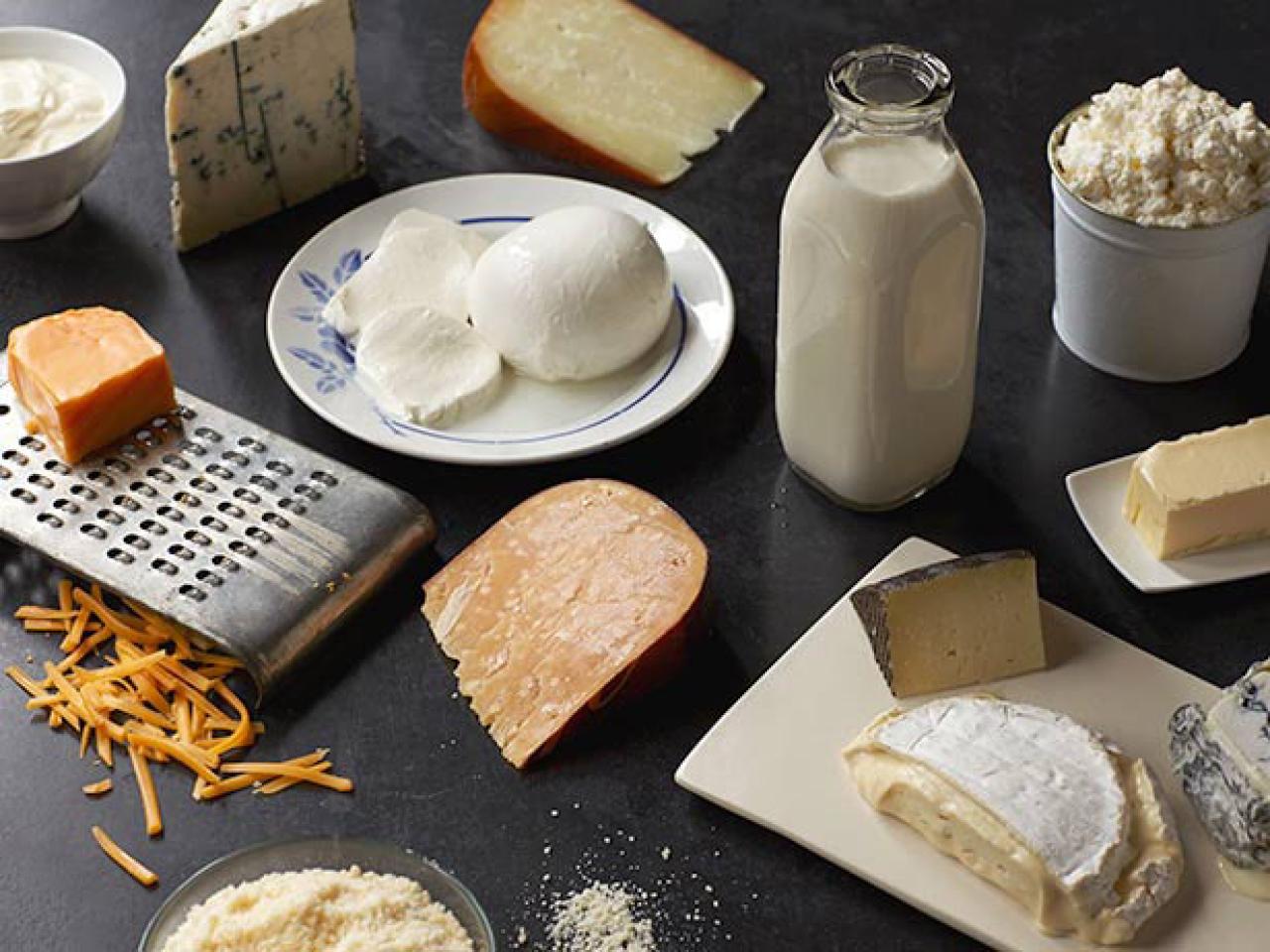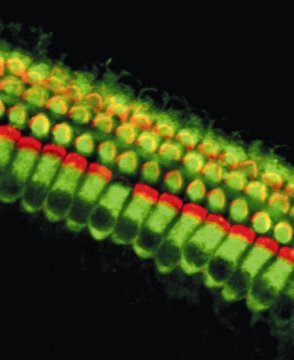
That’s essentially what the modern-day “paleo” diet is. Processed foods are out and whole foods that require basically no prep are in.
“This eliminates most heavily processed foods like crackers, chips, and cookies,” explains Roger Adams, Ph.D., founder of Eat Right Fitness. “Even bread isn’t considered part of the paleo diet as it requires too much technology to make it.” Dairy, legumes and beans, alcohol, sugar, and even some starchy vegetables are off the table, too. What’s left is pretty much the healthiest kind of grub around, which is why some research touts the diet’s benefits.
One study, published in the European Journal of Clinical Nutrition, compared the effects of the paleo diet to a low-fat diet and concluded that those who went paleo lost nearly three times the amount of weight than people who ate little fat. Another study in the journal Nutrition Research found that going paleo may also benefit your cholesterol levels, a health marker that’s been linked to diabetes and heart disease.
It can be a tricky transition, though, so if you’ve been considering eating like a caveman, read on to find out what you should know before going full paleo.

Don’t be surprised if going paleo doesn’t immediately help you drop pounds. While the diet does emphasize lean protein, healthy fats, and carbohydrates in the form of fruits and vegetables, it is possible to gain weight at first, says Eliza Savage, R.D., a nutritionist based in New York City.
“This can be a very balanced diet to promote health,” she says. “However, it’s not an excuse for a ‘free for all.’”
The amount of calories you’re eating still matter when it comes to weight loss. Healthy fats in particular pack a surprising amount, so watch your portion sizes there, she says. For reference, half an avocado will get you 182 calories, so just take that into account with the rest of your meal if you’re trying to shed pounds.
Plus, if you’re going paleo strictly to lose weight, keep in mind that the fad diet mentality doesn’t really work, especially when it comes to keeping the weight off. In a study published in JAMA,researchers compared popular diets and found that weight loss was more closely linked to long-term eating habits and behaviors, rather than sticking to a specific diet itself.
“Most people who jump into a restrictive eating strategy, like paleo, will fail in a few weeks,” says Adams. Which brings us to our next point…

Any diet that eliminates common foods is difficult to just jump right into. Bread, peanut butter, and coffee are staples for lots of people, so going cold-turkey might just set you up for insane cravings. Focus on making a few changes at a time to give your body time to adjust, suggests Adams.
“It’s best to find items that won’t be so hard to give up. Get success with those and then move on with ones that may be more difficult,” he says.
For example, cutting out all grains at once might feel like a struggle, so give yourself some wiggle room for the occasional serving of rice or corn while you eliminate things like oats, wheat, and quinoa. Over time, you can slowly fade out the rest.

“Most people who follow this diet eat in what I call a very ‘elemental’ way, which means very few recipes or combining ingredients,” says Adams.
Most of your plates will involve some form of protein and a pile of vegetables. But this simplicity has the potential to backfire.
“The diet can be very boring if you don’t challenge yourself with different cooking techniques and food varieties,” says Adams. “Boredom with your diet is one of the main reasons people give up on a particular eating strategy.” (We’ve got you covered — here are eight paleo recipes that actually taste amazing to get you started.)

“While the paleo diet has plenty of protein and fiber, it is sorely lacking in calcium and vitamin D, mainly because of the omission of dairy products,” says Adams, which can weaken your bones and immune system over time. Make sure you load up on paleo-approved calcium sources, like almonds, broccoli, and dark leafy greens.
It’s important to also note that your body actually needs enough vitamin D to properly absorb calcium in the first place, according to the University of Maryland Medical Center. Lots of people, paleo or not, lack vitamin D, but eating foods rich in it, like paleo-approved fatty fish and mushrooms, can help.
Still, if you don’t feel like you eat a ton of those foods and you live in a less-than-sunny area—think Midwest in the dead of winter—talk to your doc about it. He or she can run a test to make sure you’re truly deficient. Then, if necessary, can talk to you about taking a supplement.

Protein helps keep your hunger in check and makes your muscles grow. With the paleo diet, lean meat and fish will likely make up a big portion of each of your meals.
But that isn’t really something to fret over, says Adams. As long as your kidneys are functioning properly, it’s quite difficult to eat too much protein. “There is plenty of current research that shows a slew of benefits to consuming a high-protein diet with little-to-no negative side-effects,” he says.
However, that means other important macronutrients, like fat and carbs, might get pushed to the side if you’re not careful. To ensure a balanced plate, make sure you’re fueling up with fruits or vegetables and foods that contain healthy fats, like nuts.
[“source=menshealth”]



















